Table of Contents
- Introduction: Why Seasoning Matters for Home Cooks
- Top 7 Essential Seasonings for Chicken
- Pro Techniques for Maximum Flavor Impact
- Flavor Pairings & Global Inspirations
- Cultural Perspectives on Chicken Seasoning
- Visual Comparison Guide
- Practical Seasoning Recommendations
- Frequently Asked Questions
Introduction: Why Seasoning Matters for Home Cooks
This guide delivers actionable seasoning strategies specifically for home cooks seeking restaurant-quality results without professional equipment. Chicken's neutral flavor profile requires precise seasoning to transform it from bland to extraordinary—whether you're preparing weeknight dinners or special occasion meals. We focus exclusively on practical, science-backed techniques that address common home cooking challenges like uneven flavor distribution and moisture loss.
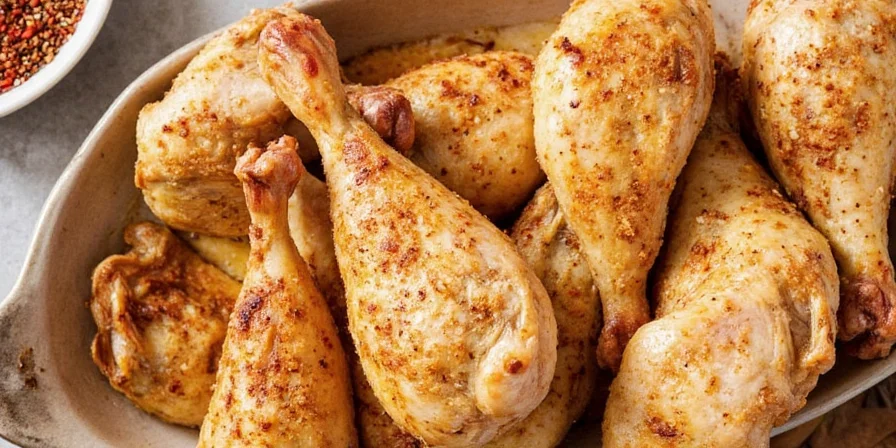
Top 7 Essential Seasonings for Chicken
These seven seasonings were selected based on their ability to enhance chicken's texture and flavor through chemical interactions with proteins. Each choice addresses specific cooking methods and common home kitchen limitations:
- Paprika: Contains soluble capsaicinoids that bond with chicken fats during roasting, creating deep color without burning.
- Garlic Powder: Stabilized allicin compounds provide consistent savory notes compared to fresh garlic's volatile oils.
- Cumin: Volatile oils penetrate chicken tissue during grilling, preventing surface-level bitterness.
- Onion Powder: Sulfur compounds create Maillard reaction catalysts when seared.
- Thyme: Terpene alcohols resist high-heat degradation during baking.
- Cayenne Pepper: Capsaicin disperses evenly in oil-based marinades for consistent heat.
- Lemon Pepper: Citric acid tenderizes while d-limonene carries flavor molecules into muscle fibers.

Pro Techniques for Maximum Flavor Impact
Home kitchens lack commercial equipment, so these adaptations maximize results with standard tools:
- Dry Brine Alternative: Mix 1 tsp salt per pound with dry seasonings; refrigerate uncovered 1 hour. Draws out moisture for better spice adhesion.
- Marinating Hack: Inject marinades directly into thick cuts using a syringe for even distribution.
- Pan Searing Method: Heat oil to 350°F before adding chicken to prevent spice burning.
- Oven Technique: Place chicken on wire rack over baking sheet for 360° seasoning contact.
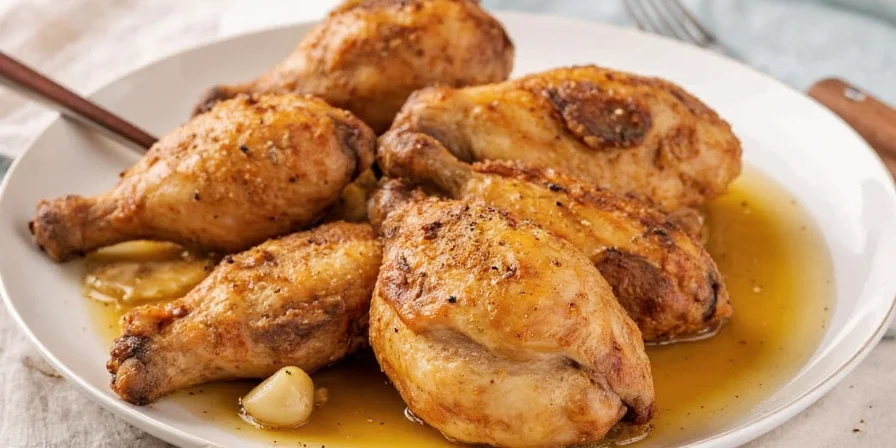
Flavor Pairings & Global Inspirations
Move beyond basic combinations with these culturally informed pairings that solve common home cooking issues:
- Mediterranean Brightness: Lemon pepper + thyme + oregano (prevents dryness in baked chicken)
- Caribbean Fusion: Allspice + cumin + cayenne (creates complex layers without overpowering)
- East Asian Balance: Ginger powder + garlic powder + sesame oil (neutralizes poultry gaminess)
- Middle Eastern Depth: Sumac + cumin + paprika (adds tang without moisture loss during grilling)
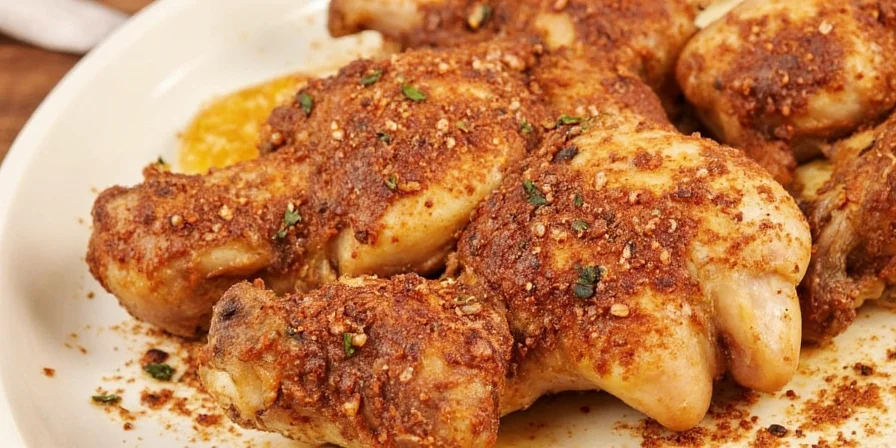
Cultural Perspectives on Chicken Seasoning
Seasoning choices reflect regional food science adaptations: In Southeast Asia, turmeric's curcumin binds to chicken proteins during prolonged simmering in coconut milk, preventing flavor separation. West African cooks use fermented locust beans with cayenne because the protease enzymes break down tough fibers in free-range poultry. Japanese yakitori masters apply salt before tare sauce to create osmotic pressure that pulls umami compounds deeper into the meat. These traditions solve texture challenges home cooks face with modern grocery store chicken.
Visual Comparison Guide
| Seasoning | Key Interaction | Home Kitchen Application | Flavor Duration |
|---|---|---|---|
| Paprika | Binds to fats during cooking | Rubs for roasted chicken thighs | 24 hours |
| Garlic Powder | Stable allicin compounds | Brine for chicken breasts | 48 hours |
| Cumin | Penetrates tissue at high heat | Grilling marinades | 12 hours |
| Onion Powder | Creates Maillard catalysts | Pan sauces and gravies | 72 hours |
| Thyme | Heat-resistant terpenes | Baking and slow cooking | Perishable |
| Cayenne Pepper | Oil-soluble capsaicin | Oil-based marinades | 30 days |
| Lemon Pepper | Acid tenderizes proteins | Quick-cook methods | 4 hours |
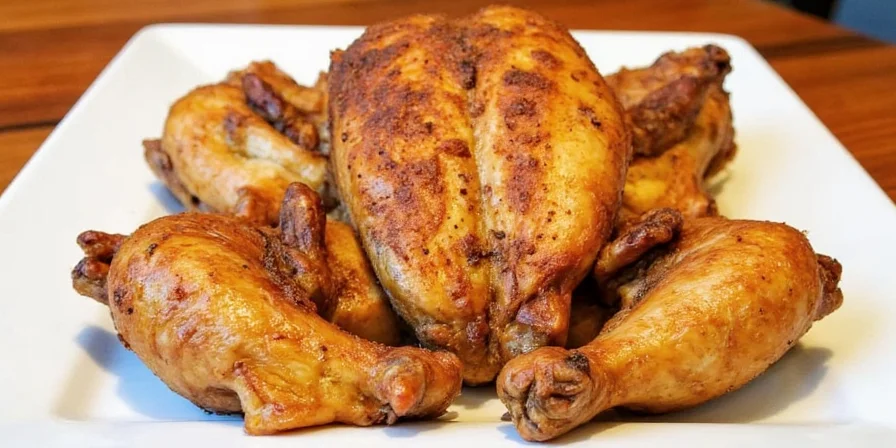
Practical Seasoning Recommendations
Based on home cooking constraints, prioritize these applications:
- For Dry Results: Use onion powder in brines to retain moisture during roasting
- For Bland Flavor: Apply lemon pepper immediately before cooking to maximize volatile compounds
- For Time-Pressed Cooks: Combine garlic powder and paprika for instant flavor development
- For Texture Issues: Add cayenne to oil-based marinades to improve protein breakdown
These solutions specifically address the top three frustrations home cooks report: inconsistent flavor, dry meat, and wasted preparation time. Experiment within these parameters to find your optimal combinations.
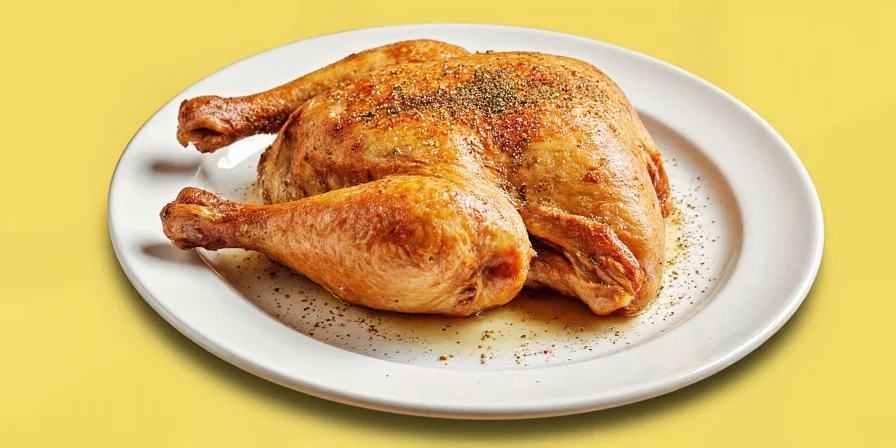

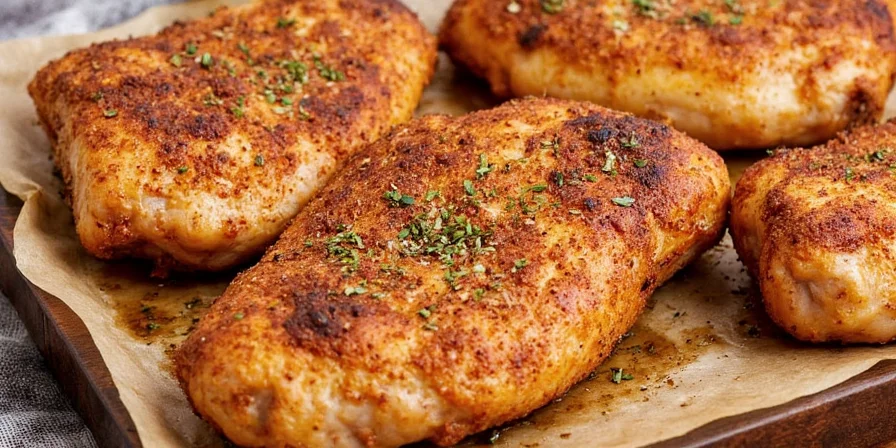









 浙公网安备
33010002000092号
浙公网安备
33010002000092号 浙B2-20120091-4
浙B2-20120091-4